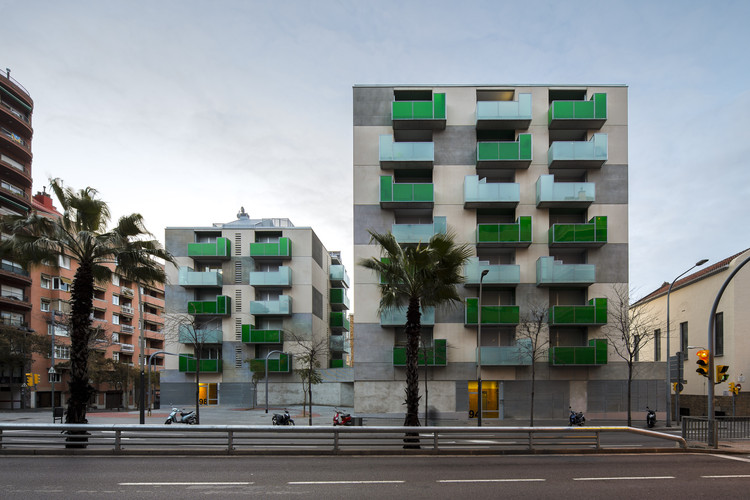
Text description provided by the architects. The project of “Santa Madrona” deals with an urban space, where two apartment blocks with an afforfable renting price have to be placed, nearby a small public square of the Gracia neighbourhood of Barcelona. The intervention had to place also, a public equipment on its ground floor, with a specific area and some specific leisure spaces. So then, the project had this interesting challenge to propose in one hand apartment blocks with an affordable renting price, with all the facilities that were needed, an urban space intimately bounded to the block’s life and an equipment that will promote the so necessary mixture of uses.













.jpg?1399422583)
.jpg?1399422558)
.jpg?1399422590)


.jpg?1399422524)
.jpg?1399422522)
.jpg?1399422552)
.jpg?1399422617)
.jpg?1399422642)
.jpg?1399422648)